Welcome back, Mythsters! The podcast is running a tad late, but we will get it out to you tomorrow. Until then, we thought we would round off our explorations of Chinese mythology. Because, really, can any of us get enough of dragons? We’ll be taking a look at another creation myth then exploring those unordinary dragons I promised you last week. So without further ado, let’s dig in.
Dragon Creation Myth
In episode 7 of the podcast, we discussed the creation myth involving Nuwa and Fuxi, siblings and spouses. But that was just one creation myth involving dragons. In another rendition, a tale begins thousands of years ago when Yandi, a legendary tribal leader, was born. Not in the conventional manner, either. He came to exist through his mother’s telepathy with a mighty dragon.
When Yandi grew up, he enlisted the aid of his father-like dragon and allied with another legendary tribal leader by the name of Huangdi to begin the starting blocks of Chinese civilization. As a result, both Yandi and Huangdi became the ancestors of the Chinese people. So there’s dragon blood, in a manner of speaking, flowing through almost all their veins.
Other Dragons
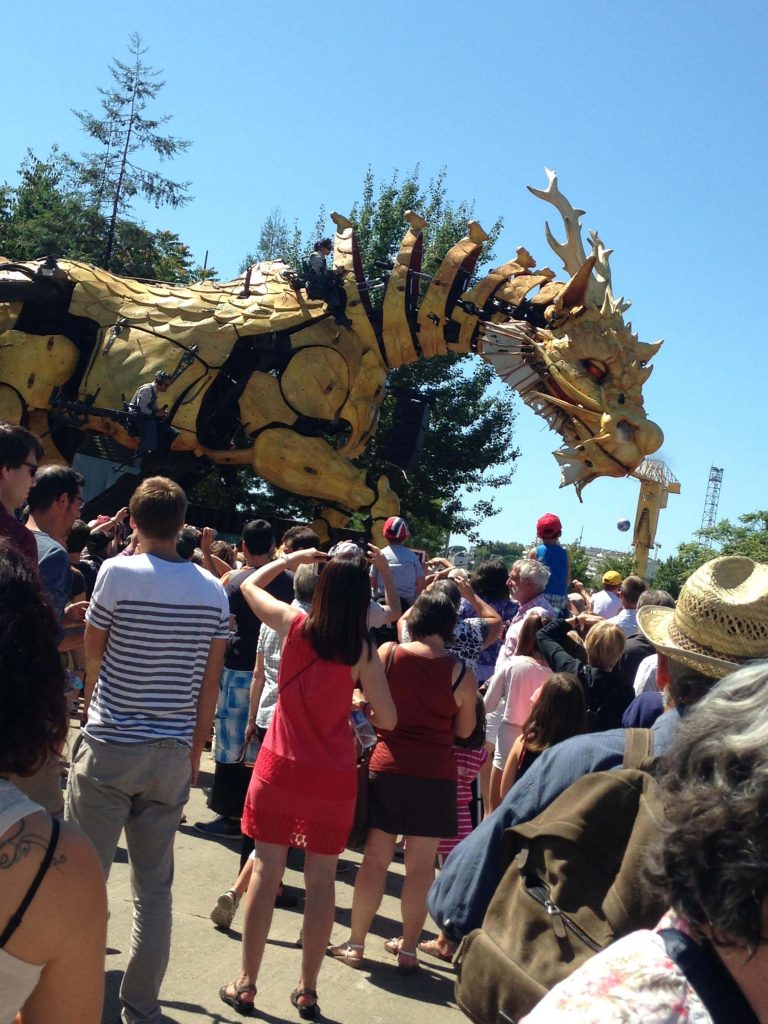
Of course, there’s more to Chinese mythology than a few dragons. And by that, we mean more dragons! Some are pretty fascinating, at that. Take the dragon-horse, known as the longma. As the name implies, this is an equine dragon much like the hippocampus of Greek myth (which we’ll get into at a later date). While not the offspring of a sea god, the longma is nonetheless inspiring. With its horse shape and dragon scales, long neck and curly hair on its back, this dragon had wings!
Physical gear aside, the longma’s cry came in at not one or two, but nine tones. Again with the number nine. Most interestingly is its ability to walk on water. I’ll let you dwell on that tid-bit yourself. The longma was known as a message-carrier, delivering symbolic messages through its mere appearance to emperors. Along with a map, of course. What’s in the maps is anyone’s guess.
On that note, in the non-myth world, horses who were tall were called dragons during the Tang Dynasty. Or maybe, I’d like to think instead that these were longma walking the earth all the while.
But they may not be the only possible creature to hide dragons in our midsts. Apparently, dragons can take on the form of a carp! If a fisherman accidentally caught such a crap-dragon and released it, the dragon would reward them. Perhaps in wealth or health, or personalised to the fisherman’s needs. A carp maybe being a dragon in disguise isn’t that far out, come to think of it. Those whiskers look an awful lot like the ones on a long.
Human-Faced
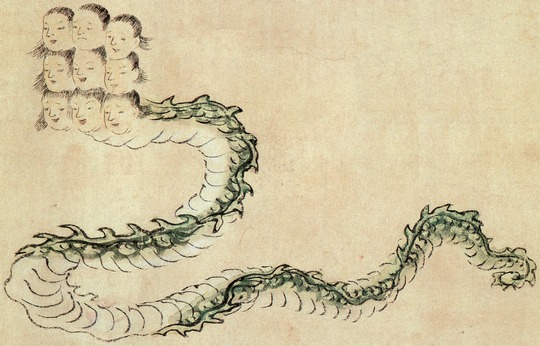
Of course, there are also dragons who possess human faces, or human-like, at least. One of which is Xiangliu, a 9-headed serpent. Well, 9 human-headed, that is. He, unlike the long, caused floods as well as apparently devouring humans with their livestock. Not a friendly being to encounter. It’s said Xiangliu is a poisonous dragon, though perhaps it was supposed to be venomous like a basilisk? Either way, Xiangliu wasn’t just any ol’ serpent. He was a Minister of Gonggong.
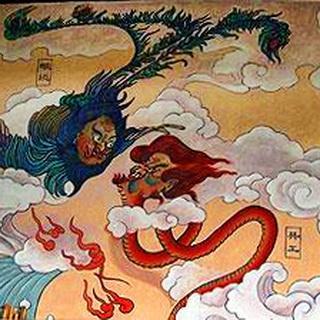
Which leads us to the next human-faced dragon: Gonggong. This human-faced serpent had red hair, which strikes quite the impression of malice and anger, doesn’t it? Well, it’s fitting because he was responsible for breaking the Pillar of Heaven that Nuwa had fixed. And he did so in a tantrum because he was losing a fight! Talk about temper.
Not all the human-face dragons are of the not-so-savoury type, however. Zhulong could be seen as benevolent. Or, rather, non-malevolent. He’s a giant red serpent that glows and is known as the Torch dragon. Zhulong is said to bring light to the places the sun’s rays don’t reach. It’s probably him that embodies, “even in the darkest of darks on Earth, there is light.”
Now, there are so many serpents and dragons, as well as dragon-like hybrids within Chinese mythologies. We can’t possibly cover them all in a couple of posts, not with the amount of attention they deserve. Plus, seeing as we pointed out some really nifty beings already, that would likely prompt you Mythsters to explore them more.
For now, that’s all we have. But we’re eager to hear of others you find. Shoot us an email, leave a comment here, or simply tweet us with your treasure!
Until next time,
Later, Mythsters!
Sources
- https://www.chinahighlights.com/travelguide/article-chinese-dragons.htm
- https://archive.org/details/cu31924021444728/page/n71/mode/2up pg 57
- https://archive.org/details/researchesintoch05dor pg 692
- https://archive.org/details/handbookofchines0000unse
- https://books.google.co.za/books/about/Heaven_and_Earth_in_Early_Han_Thought.html?id=d7d27GkoGxsC&redir_esc=y pp 196, 203,
- https://archive.org/details/handbookofchines0000unsehttp://www.chinaknowledge.de/History/Myth/personsgonggong.html

Anike Kirsten
Anike lives in the dead centre of South africa, an area called the Bo-Karoo, where she looks for spiders for fun. She is a writer, illustrator, mother, wife, and nerd-geek hybrid. Anike enjoys all forms of science fiction, fantasy, and horror. Well, almost all forms. Not romance. And loves stories from her home country. She is also one of the Mythster voices who may or may not go off the rails about something or another.
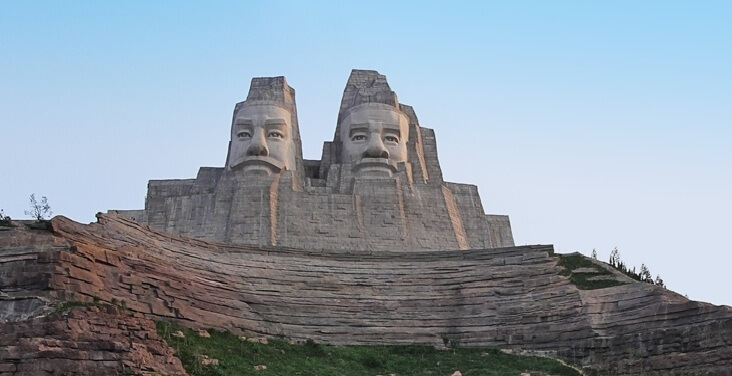
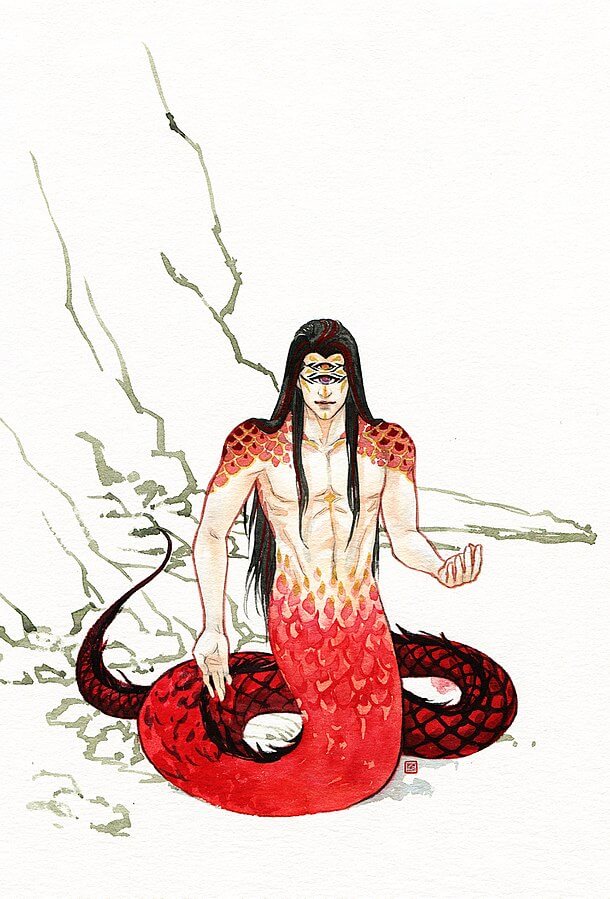

Be First to Comment